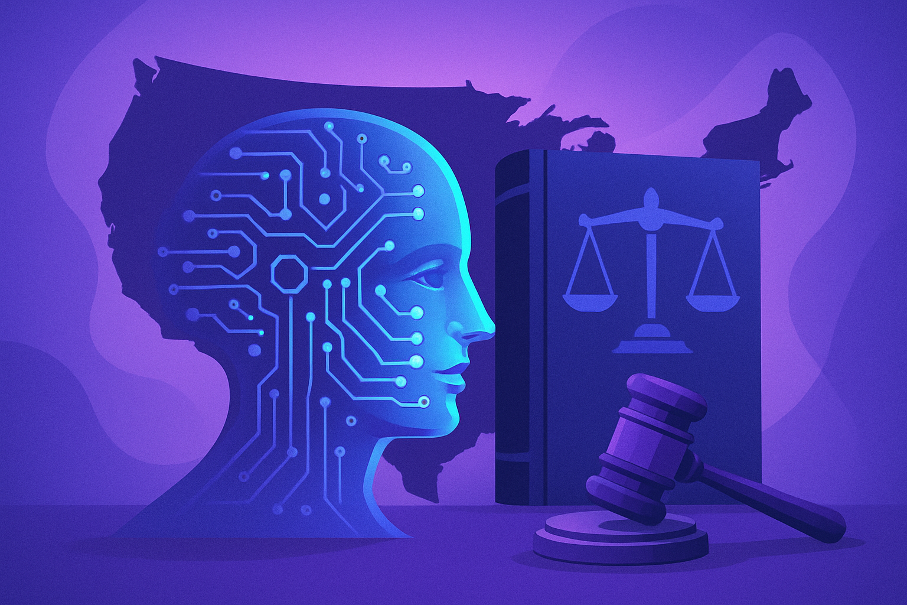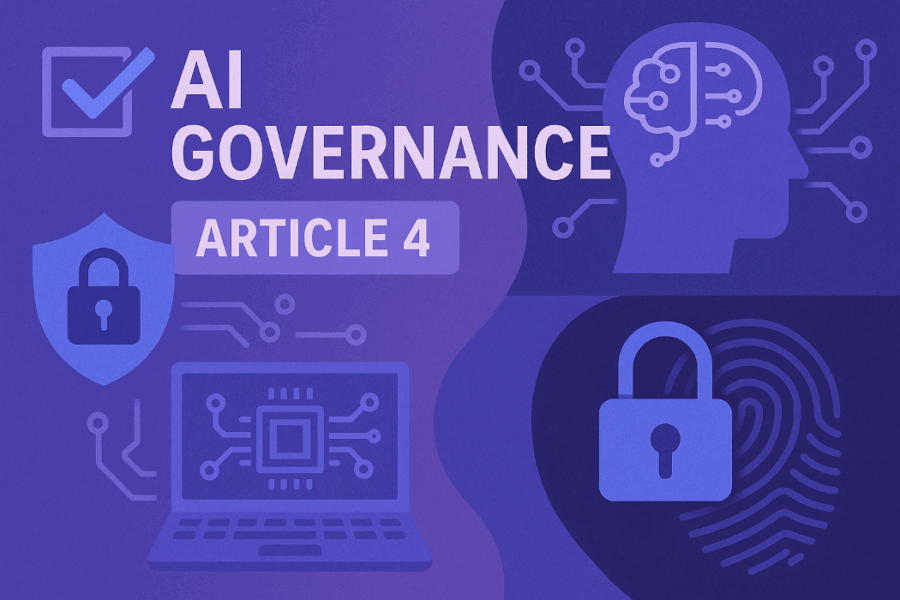Key Takeaways
- U.S. states are leading AI regulation as federal policy lags—creating a fragmented and fast-changing compliance landscape.
- Texas is implementing the Responsible AI Governance Act in 2026, requiring transparency, documentation, and internal testing for enterprise AI use.
- California is prioritizing ethical oversight and harm prevention, with a policy report calling for stronger regulation of high-risk AI systems.
- Enterprises must prepare to align with multiple and sometimes conflicting state-level standards.
- Cranium helps organizations stay ahead by operationalizing AI governance—covering discovery, documentation, testing, and compliance across jurisdictions.
As federal AI legislation remains stalled, states like California and Texas are stepping forward with distinct—sometimes conflicting—approaches to AI regulation.
In California, policymakers are focused on preventing “irreversible harms” from AI, with strong emphasis on fairness, disinformation, and high-risk use cases. In contrast, Texas has already passed the Responsible AI Governance Act, which codifies AI documentation, transparency, and red-teaming requirements into law by 2026.
Together, these approaches highlight a new reality: AI governance is no longer theoretical, and regulation is coming from the ground up.
California: Ethical Oversight Before Deployment
In July 2025, the Office of California Governor Gavin Newsom released a 34-page policy report warning of the “irreversible harms” posed by unregulated artificial intelligence. The report calls for:
- Stronger protections for consumer data
- Regulation of high-risk use cases (e.g., hiring, healthcare, criminal justice)
- Pre-deployment audits and explainability requirements
- A focus on algorithmic fairness and societal trust
While not yet legislation, the report clearly outlines the state’s regulatory intent—and signals that California may soon lead with ethics-first AI governance.
Texas: Operational AI Governance Becomes Law
In contrast, Texas has taken a procedural and technical approach. The Responsible AI Governance Act, passed in 2025 and set to take effect in 2026, establishes formal requirements for any AI system used in high-impact public or private sector settings.
Key provisions include:
- Model documentation outlining system purpose, data sources, and risk classification
- Mandatory internal testing and red teaming
- Transparency reporting for regulators and affected users
Unlike California’s philosophical framing, Texas codifies the tools and workflows needed to govern AI—especially those aligned with frameworks like the NIST AI RMF and ISO/IEC 42001.
The law treats governance not as a compliance checkbox but as a repeatable, verifiable process.
California vs. Texas: A Side-by-Side Comparison
| Element | California Policy Report | Texas Responsible AI Act |
|---|---|---|
| Status | Policy guidance (not yet law) | Law passed, effective 2026 |
| Focus | Ethical risks, transparency, fairness | Operational governance & documentation |
| High-risk Use Case Oversight | Emphasized | Implied via model disclosures |
| AI Testing Requirements | Proposed audits for high-risk systems | Red-teaming and self-testing mandated |
| Cranium Relevance | Supports auditability, model explainability | Aligns with documentation, verification, and remediation tools |
What Enterprises Need to Do Now
With states acting independently, the regulatory landscape is evolving rapidly. Enterprises—particularly those operating nationally—need to:
- Discover all internal and third-party AI systems in use, including unapproved or embedded models
- Document models and data flows with AI Bills of Materials and system-level profiling
- Test model behavior against known threats, privacy risks, and bias vectors
- Verify compliance with relevant frameworks (NIST AI RMF, EU AI Act, ISO 42001, and emerging state laws)
- Remediate vulnerabilities before models reach production
These actions aren’t just best practices—they’re becoming legal expectations.
How Cranium Helps Enterprises Govern AI Across Jurisdictions
Cranium gives enterprises a single platform to operationalize AI governance—ensuring security, compliance, and accountability from day one.
With Cranium, organizations can:
- Discover all AI systems with CodeSensor, CloudSensor, and Detect AI
- Document usage with auto-generated AI Bills of Materials (AI BOMs) and AI Cards
- Verify risk posture and compliance through AutoAttest and model profiling
- Test models using Arena’s red teaming engine powered by MITRE ATLAS, OWASP, and Cranium’s internal libraries
- Remediate vulnerabilities automatically using Shield, with verified, test-based enforcement
- Align with frameworks like the NIST AI RMF, ISO/IEC 42001, and now state laws like the Texas RAI Act
Whether your organization is responding to California’s calls for ethical safeguards or Texas’s legally binding oversight protocols, Cranium provides the infrastructure to comply and scale.
Learn more about how Cranium operationalizes AI governance →
Build Governance That Scales with Regulation
The next wave of AI regulation is already here—and it’s coming state by state. Cranium helps you assess, document, and govern your AI systems across jurisdictions before enforcement begins.





